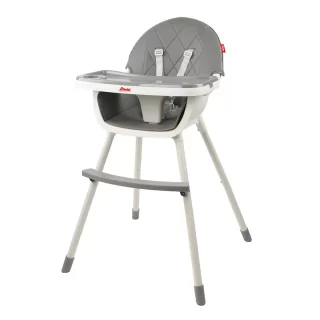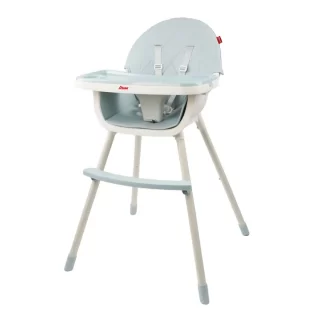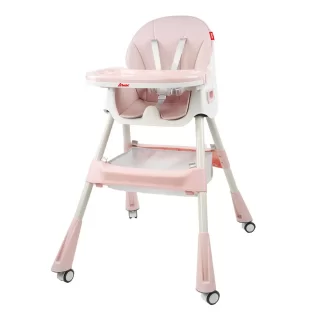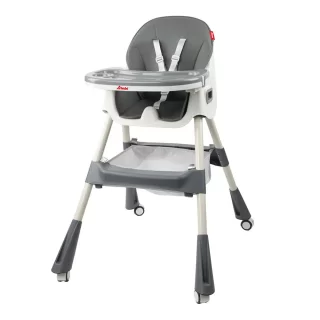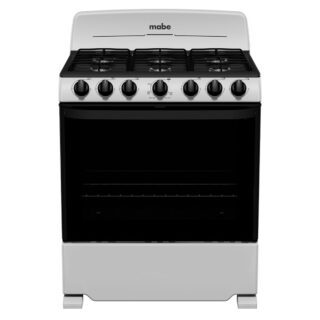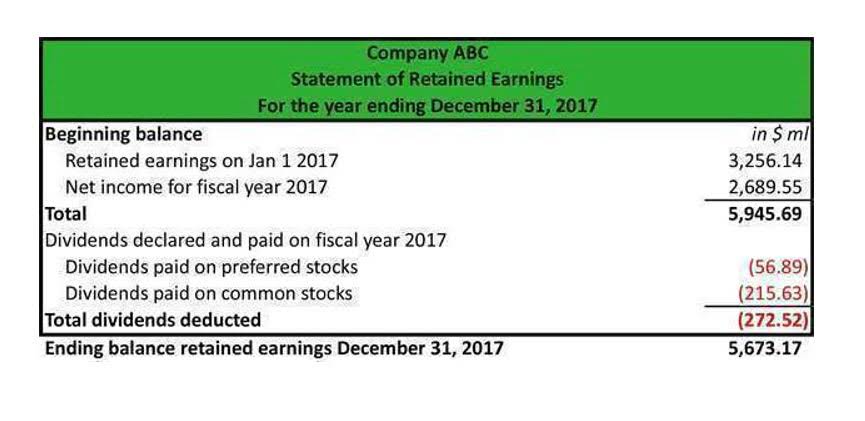

Ledger accounts need to be updated based on the received bills and an expense entry is usually required. Managerial approval might be required at this stage with the approval hierarchy attached to the bill value. Company cards, local & overseas invoice payment, approval-based spending and accounting automation.
It’s crucial to verify the invoiced products’ or services’ delivery and compare the invoice with purchase orders and other documents. Income statement accounts are also referred to as temporary accounts or nominal accounts because at the end of each accounting year their balances will be closed. This means that the balances in the income statement accounts will be combined and the https://www.bookstime.com/ net amount transferred to a balance sheet equity account. In the case of a sole proprietorship, the equity account is the owner’s capital account. As a result, the income statement accounts will begin the next accounting year with zero balances. Since AP represents the unpaid expenses of a company, as accounts payable increases, so does the cash balance (all else being equal).
Operating Revenue
By definition, accounts payable (AP) refers to all the expenses of a business, except payroll. This includes all of the money a company owes to vendors and suppliers for goods and services provided to the business before they are paid. Accounts payable can be categorized into trade payables, non-trade payables, and taxes payable. Trade payables refer to payments on goods or services, and non-trade payables refer to business expenses that don’t directly affect operations (e.g. utility bills). Taxes payable refer to the company’s federal, state, and local obligations.
Recall that equity is also called net assets (assets minus liabilities). If you take the total assets of Cheesy Chuck’s of $18,700 and subtract the total liabilities of $1,850, you get owner’s equity of $16,850. Using the basic accounting equation, the balance sheet for Cheesy Chuck’s as of June 30 is shown in Figure 2.9.
What Is Accounts Payable vs. Accounts Receivable?
In relation to accounts payable, the longer a company can delay its payments without damaging its relationships with vendors, the more it can improve its cash conversion cycle. A shorter cash conversion cycle can be a sign of more efficient operations and better performance. An invoice is a request for payment that a vendor or service provider sends to the business. The accounts payable department receives this invoice, which may come through mail, email, or other electronic means.
- Internal controls form the bedrock of effective and efficient accounts payable management.
- But as the market grew more fierce and technologically advanced, Chief Financial Officers (CFOs) realized how crucial payable systems are to improve a company’s cash flow.
- Trade payables specifically pertain to ‘inventory,’ the keyword which differentiates the two terms and their distinctions.
- On the other hand, Income Statement is one of the financial statements used by companies to report their financial performance over a specific period.
- It is important to pay close attention to your AP expenditures and maintain internal controls to protect your cash and assets and avoid paying for inaccurate invoices.
Manual accounts payable processes can be riddled with human errors such as duplicate payments, erroneous data entry, and lost invoices which can cause significant losses over time. Automation in the accounts payable process generally refers to technologies that can complete tasks without manual input. These technologies reduce human error and greatly increase efficiency, as income statement accounts they can process invoices automatically according to preset rules. This significantly reduces the time it takes to process each payment, which in turn can lead to substantial cost savings. Net income is closely tied to Accounts Payable through the income statement. If AP is growing, it generally indicates that more expenses are being logged, which can reduce net income.
Internal Payments
After subtracting all of these expenses from total revenue, you are left with net income. Good relations with suppliers will not only bring discounts but also extend the payable period. The payment period will enable the company to utilize the cash in hand for other activities.
Accordingly, the 2/10 net 30 payment term means you can take a 2% discount on the total due amount. Otherwise, you would have to pay the full amount standing against the due invoice by November 9. Accordingly, you are required to pay your supplier latest by November 9. However, because different companies have different sizes, you do not necessarily want to compare the balance sheets of two different companies. For example, you would not want to compare a local retail store with Walmart. In most cases you want to compare a company with its past balance sheet information.
It is also the independent department in an organization or a company that works actively to handle debt operations. They finalize the mode of payment and the date, considering all the factors and where the company has taken maximum benefit for the credit period. A purchase requisition document is an internal document generated by an employee in the organization whenever there is any requirement for goods or services.


